Vickers Wellington RAF
Production Time 9 to 10 weeks
Shipment is by FedEx, UPS or DHL International Express Courier with a normal door-to-door delivery time worldwide of within 2-3 business days after dispatch. Due to the current volatility of world fuel prices, the amount mentioned here is our best estimate for DHL and UPS and may be subject to change at the time of shipping.

Model Description: Vickers Wellington RAF Wood Replica Scale Custom Model Aircraft
Manufacturer: Vickers
Wingspan: 17 Inches (43.2 Centimeters)
Height: 3.4 Inches (8.6 Centimeters)
Scale: 1:61
$239.50
Production Time 9 to 10 weeks
-
United States dollar ($)
-
Pound sterling (£)
-
Euro (€)
-
Australian dollar ($)
-
Canadian dollar ($)
-
Singapore dollar ($)
-
Swiss franc (CHF)
-
Japanese yen (¥)
-
Danish krone (kr.)
-
Hong Kong dollar ($)
-
Norwegian krone (kr)
-
Swedish krona (kr)
-
United Arab Emirates dirham (د.إ)
General Product Description
Our PlaneArts Vickers Wellington RAF model exhibits unique, unrivaled quality and detailed design to come as close as possible to the accuracy of the actual plane. It comes as standard with a robust, durable base or stand which is available in a variety of different finishes designed to match your own personal requirements including solid wood, wood with polished metal supports or adjustable wood wall mount and will be ready within about 9-10 weeks from placement of order.
The Vickers Wellington RAF model is made of the finest kiln dried renewable mahogany wood (commonly known as Lauan or Meranti) which has undergone many stages of carving and meticulous and careful sanding giving the beautiful, finished museum quality masterpiece. Many collectors and model connoisseurs demonstrate their preference for genuine handmade and hand painted mahogany wood models rather than plastic or die cast (diecast) alternatives due to the overall look and totally different feel of the item - we trust you will find the same. We can however, if required produce the same model in Solid Cast Resin so just click and contact us for further information. Our craftsmen and gifted artisans ensure that our finely handcrafted model airplanes match the precise blueprint details of the original aircraft. The paint scheme, markings and parts are closely matched, reflecting the original aircraft. This stylish top-quality desktop replica model will surely enthrall anyone who receives this as a gift and for sure one of the most appropriate and desirably collectable gifts for any military aviation enthusiast and avid aircraft collector whilst also displaying a perfect resemblance to the actual real life version.
There are many types of military propeller aircraft, but the basic types are bombers, fighters, fighter bombers, spotter planes, transporters, patrol aircraft, trainers, and reconnaissance and observation aircraft. All these types of aircraft are used for different types of missions. If you're a fan of historic or present-day military aviation, our model aircraft will bring the excitement and character of these aircraft right into your own home. You can order a wood airplane model of a North American B-25 Mitchell Bomber, a B17 - Flying Fortress, or a P-51 Mustang Nervous Energy V not forgetting the Bf 109, Spitfire, FW 190, A6M Zero, P-38 and F4U. These classic, propeller airplane models are of the highest quality. Each is individually crafted by our expert craftsmen. They produce handmade scale mahogany airplane models of the finest aircraft from World War I and II to present day biplanes and triplanes.
If you require, we can also make the Vickers Wellington RAF model in any other military, government or even private livery or colour scheme you require and if necessary, in a different size or scale. Just click here to contact us with a description or photographs of what you require, and we will let you have a quotation for the necessary customization by return email. We can also make bespoke scale replicas of any other private / civil commercial airliner or airliners, helicopter, glider, gliders with engines, military jet, warplane jets, biplane, triplane, tail fin, spacecraft, rocket or NASA model you require in any airline, military or civilian livery or colors. We also produce model airships, blimps, dirigibles, blimps, boats, and ship collectibles. Wall plaque or seal for military, government or private customers. Again, by clicking here to contact us just let us know exactly what you need.
The Vickers Wellington: Backbone of the RAF During WWII
The Vickers Wellington, affectionately known as the “Wimpy” by its crews, was a British twin-engine, long-range medium bomber developed by Vickers-Armstrongs in the 1930s. Distinctive for its geodetic airframe construction designed by Barnes Wallis, the Wellington was one of the most versatile and successful aircraft used by the Royal Air Force (RAF) during World War II.
Development and Design:
The Vickers Wellington was initially designed during the interwar period as part of the RAF’s expansion and modernization efforts. It first flew in 1936 and was introduced into service in 1938. The Wellington utilized a revolutionary geodetic construction that provided exceptional strength and durability for the aircraft’s frame. This lattice structure, made from duralumin, allowed the Wellington to sustain considerable damage and still complete missions, a vital attribute in the harsh conditions of wartime Europe.
Operational History:
Throughout World War II, the Wellington served in almost every theatre of war and in various roles beyond its primary function as a night bomber. At the outbreak of the war, it was the primary bomber used by the RAF and Bomber Command, participating extensively in the first two years of the bombing offensive over Germany. As newer, more capable bombers like the Avro Lancaster and the Handley Page Halifax came into service, the Wellington was gradually relegated to secondary tasks.
These roles included anti-submarine patrols over the Atlantic, mine-laying operations (codenamed “Gardening”), and training flights. It was also adapted for use in the Middle East and North Africa, supporting Allied operations with bombing and reconnaissance missions.
Technical Specifications:
The Wellington typically carried a crew of six. Its armament included up to eight .303 inch (7.7 mm) machine guns mounted in turrets in the nose and tail, and at beam positions, which provided formidable defensive capabilities. The aircraft was powered by two Bristol Pegasus radial engines, although later models used the more powerful Hercules engines. It could carry a bomb load of up to 4,500 pounds (2,041 kg), and it had a maximum speed of about 235 mph (378 km/h) with a range of around 2,200 miles (3,540 km).
Legacy and Impact:
More than 11,000 Wellingtons were built during its production run, making it one of the most produced bombers in British history. Its robust design not only made it a survivor in combat, but also an ideal test bed for new technologies, including the development of radar. The Wellington’s service extended beyond the war; it was used for training purposes well into the 1950s.
The Vickers Wellington’s legacy is marked by its resilience, versatility, and the crucial role it played in the RAF’s strategic bombing campaigns. It remains a symbol of British engineering prowess and the unyielding spirit of the Allied forces during World War II. Today, several preserved Wellingtons are on display in museums, serving as a testament to the aircraft’s enduring historical significance.
| Weight | 6 kg |
|---|---|
| Dimensions | 12.7 × 17 × 3.4 in |
Be the first to review “Vickers Wellington RAF” Cancel reply
Similar Models
Helicopters
Military Airplanes - Propeller
Military Airplanes - Propeller
Private & Civilian
Private & Civilian
Military Airplanes - Propeller
Military Airplanes - Propeller
Military Airplanes - Propeller
Military Airplanes - Propeller
Military Airplanes - Propeller
Military Airplanes - Propeller
Military Airplanes - Propeller
Military Airplanes - Propeller
Boats, Ships & Submarines
Boats, Ships & Submarines
Military Airplanes - Propeller
Military Airplanes - Propeller
Military Airplanes - Propeller
Military Airplanes - Jet
Military Airplanes - Jet
Military Airplanes - Jet
Military Airplanes - Jet
Military Airplanes - Propeller
Military Airplanes - Propeller
Military Airplanes - Jet
Military Airplanes - Jet
Military Airplanes - Jet
Military Airplanes - Jet
Military Airplanes - Propeller
Military Airplanes - Jet
Military Airplanes - Propeller
Military Airplanes - Propeller
Private & Civilian
Military Airplanes - Propeller
Military Airplanes - Propeller
Private & Civilian
Israel Aircraft Industries IAI-1124 Westwind TNT Air Couriers
Military Airplanes - Propeller
Military Airplanes - Jet
Military Airplanes - Jet
Military Airplanes - Jet
Military Airplanes - Jet
Military Airplanes - Propeller
Military Airplanes - Propeller
Military Airplanes - Jet
Military Airplanes - Jet
Military Airplanes - Jet
Military Airplanes - Jet
Military Airplanes - Propeller
Military Airplanes - Jet
Military Airplanes - Jet
Military Airplanes - Jet
Military Airplanes - Propeller
Military Airplanes - Propeller
Military Airplanes - Propeller
Military Airplanes - Propeller
Military Airplanes - Jet
Military Airplanes - Jet
Military Airplanes - Propeller
Military Airplanes - Jet
Private & Civilian
Military Airplanes - Jet
Military Airplanes - Propeller
Private & Civilian
Military Airplanes - Propeller
Military Airplanes - Jet
Military Airplanes - Propeller
Military Airplanes - Propeller
Military Airplanes - Propeller
Military Airplanes - Propeller
Military Airplanes - Propeller
Military Airplanes - Propeller
Military Airplanes - Jet
Military Airplanes - Jet
Private & Civilian
Military Airplanes - Jet
Military Airplanes - Jet
Helicopters
Helicopters
Helicopters
Military Airplanes - Propeller
Helicopters
Military Airplanes - Jet
Blackburn Buccaneer RAF 237 Operational Conversion Unit OCU Squadron
Military Airplanes - Propeller
Private & Civilian
Military Airplanes - Jet
Military Airplanes - Jet
BAe British Aerospace Hawk T.1 Mk.1 Royal Air Force RAF Red Arrows
Military Airplanes - Jet
Military Airplanes - Propeller
Military Airplanes - Propeller
Military Airplanes - Propeller
Military Airplanes - Propeller
Military Airplanes - Propeller
Military Airplanes - Propeller
Military Airplanes - Propeller
Military Airplanes - Propeller
Military Airplanes - Propeller
Private & Civilian
Private & Civilian
Helicopters
Private & Civilian

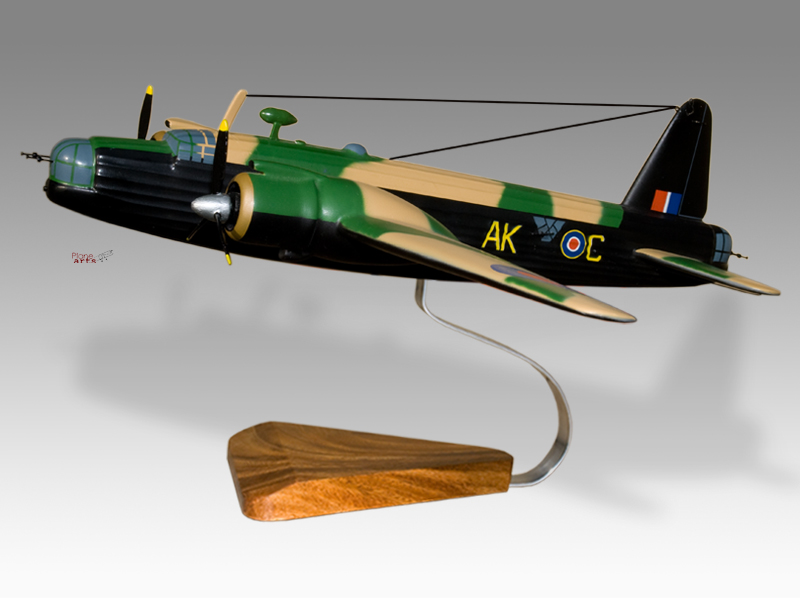
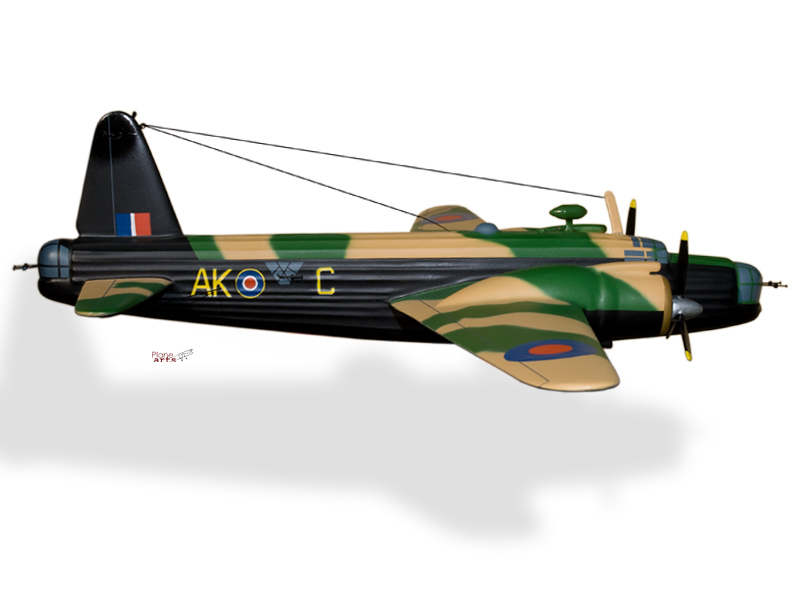
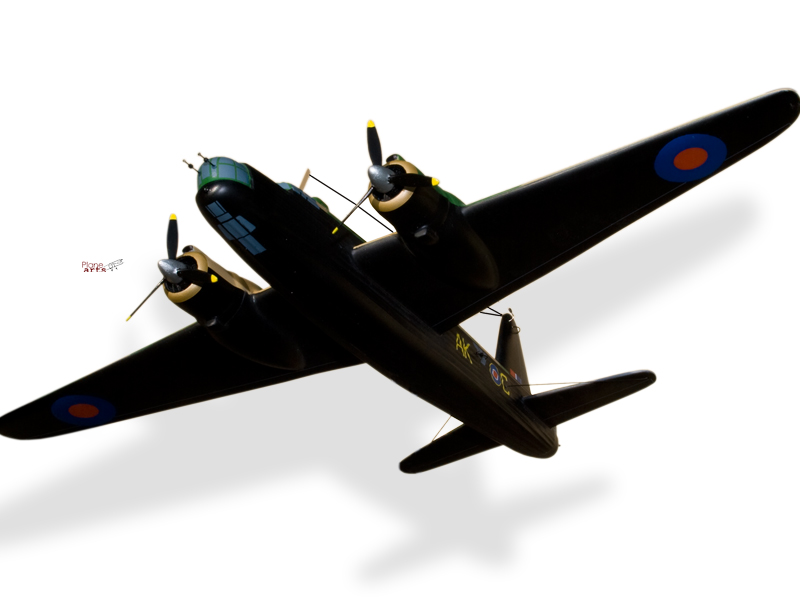
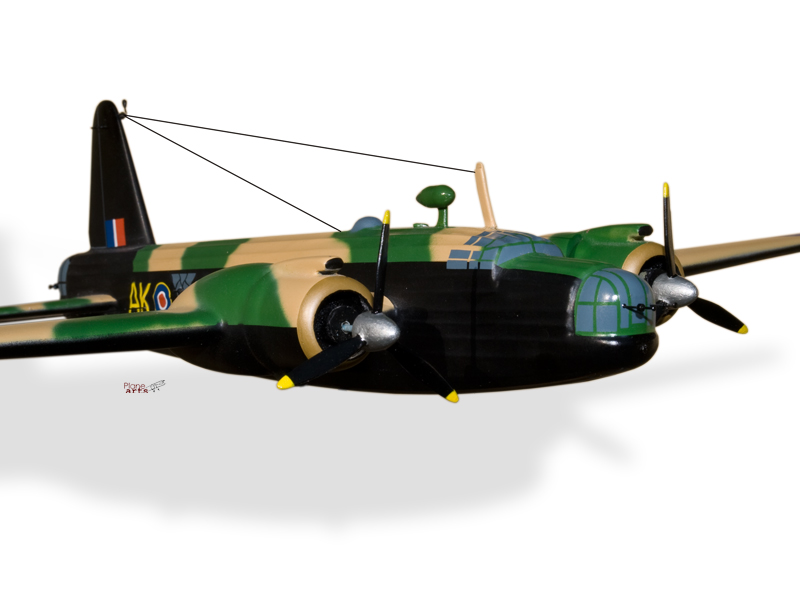
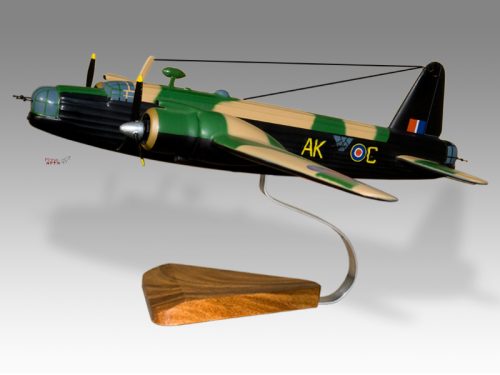
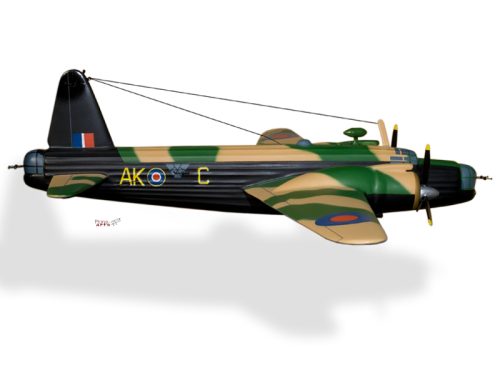

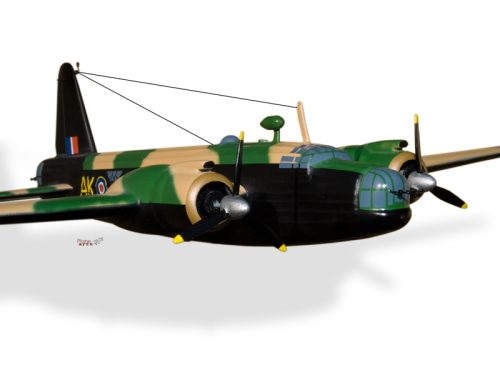
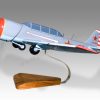

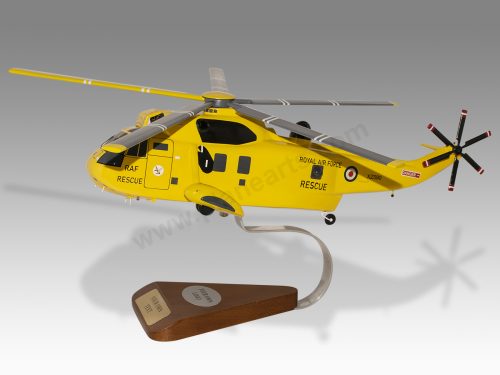

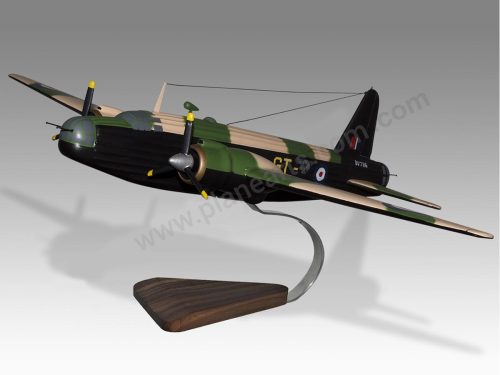

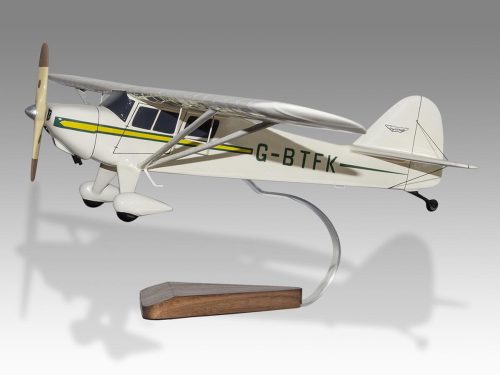
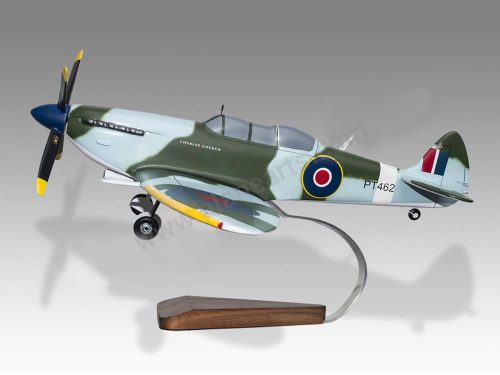
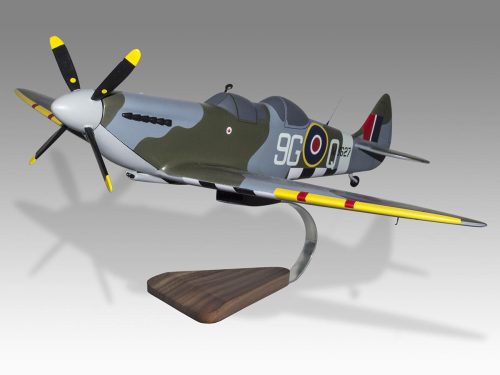
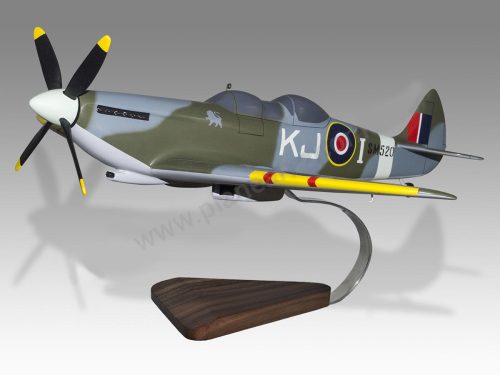
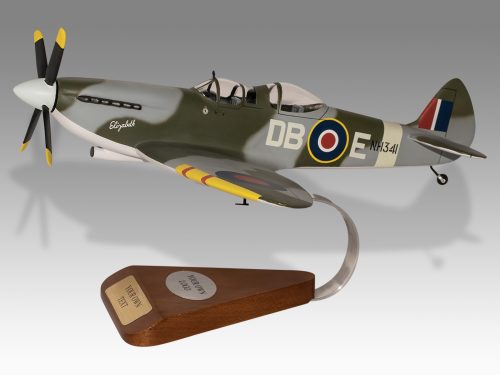
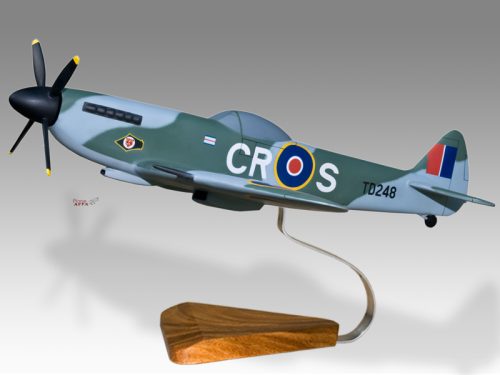
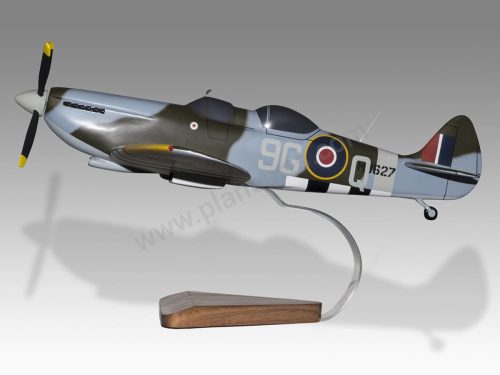
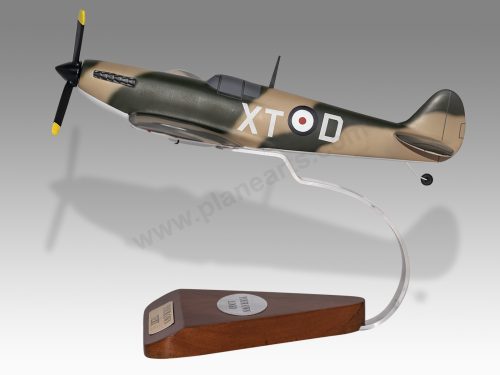
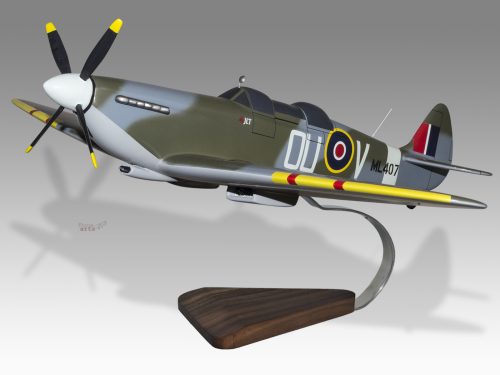




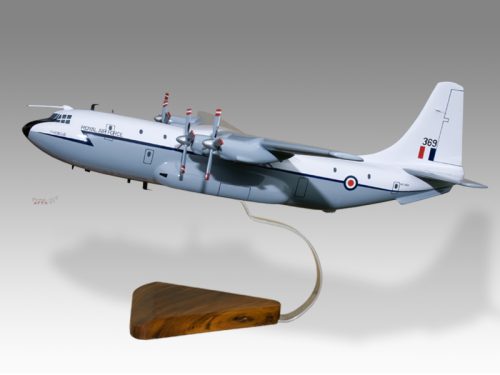

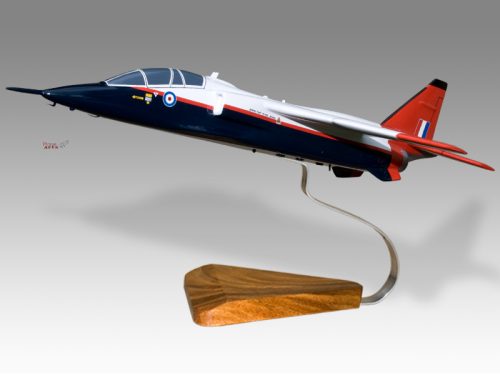
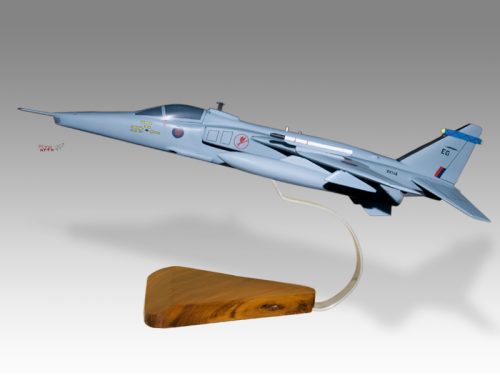
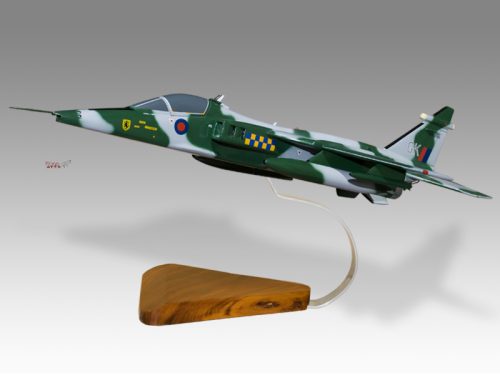
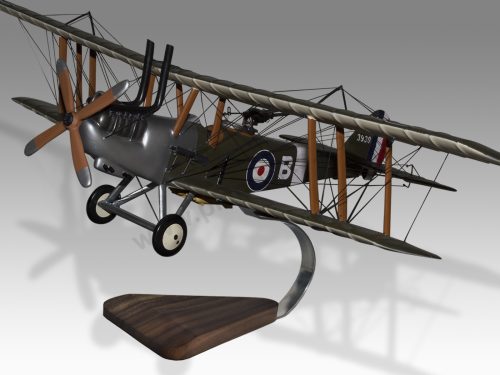
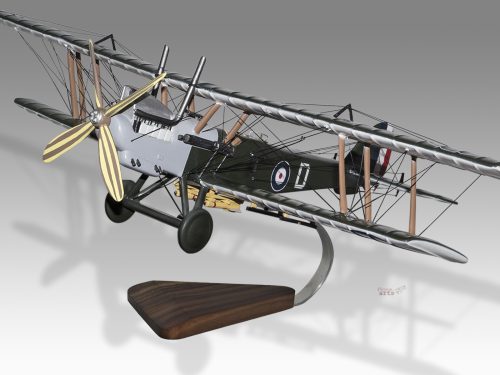
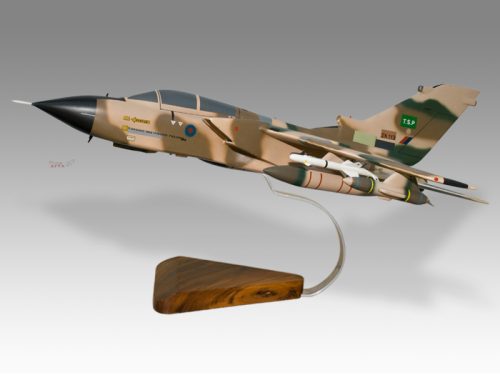
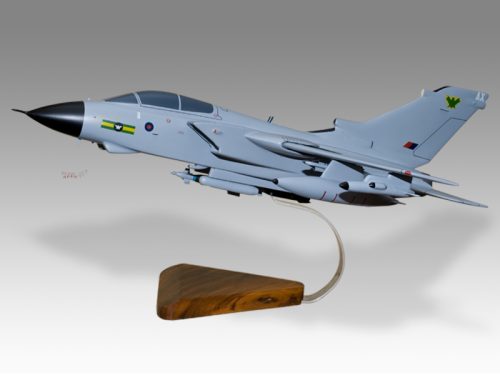
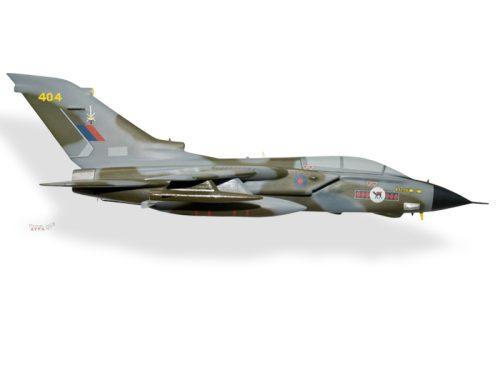
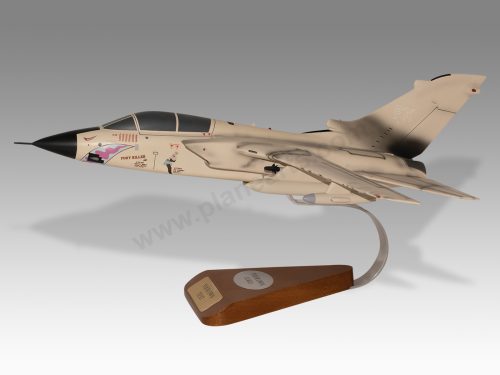
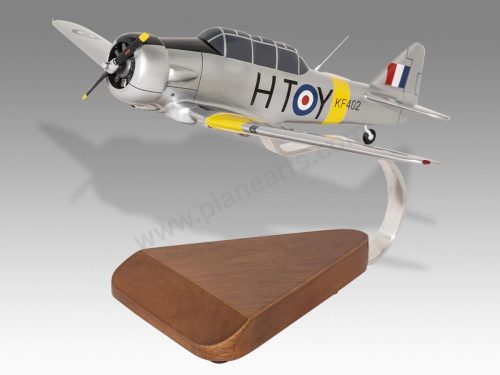

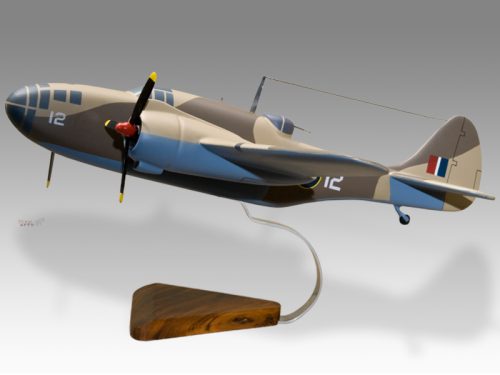
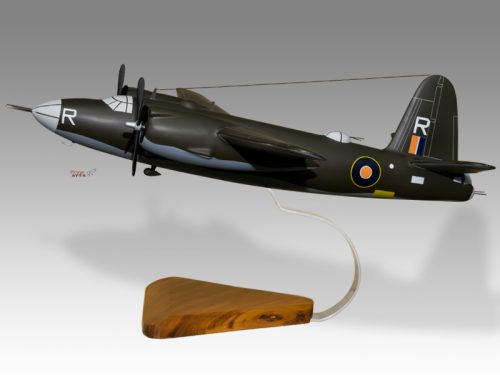

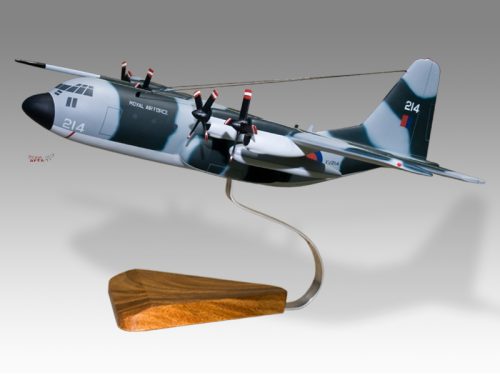



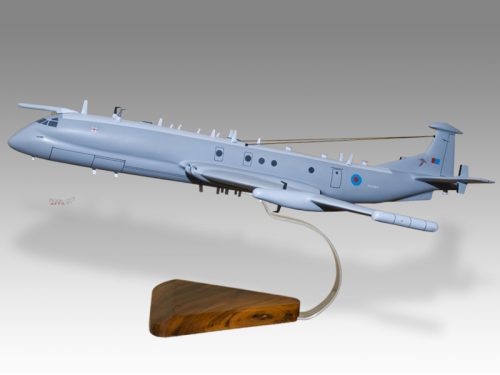
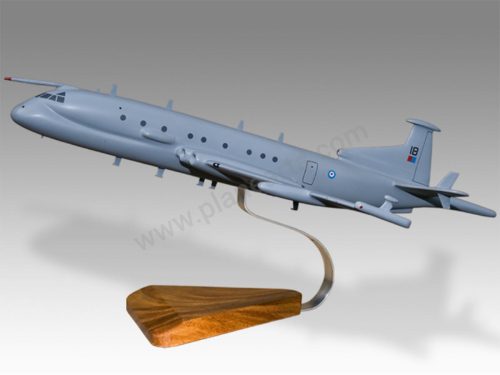


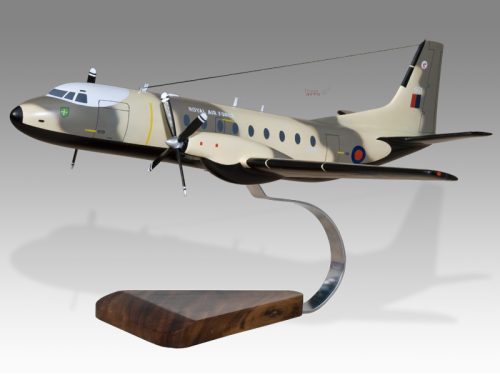


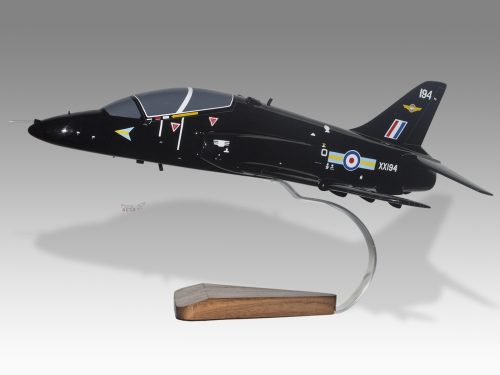
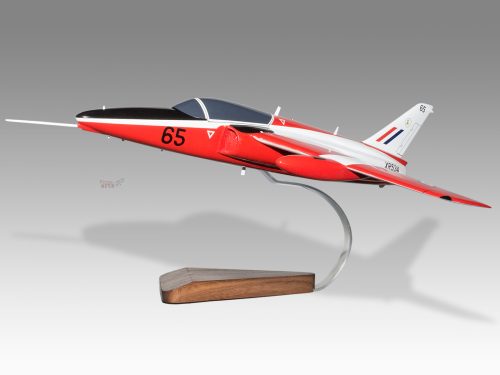
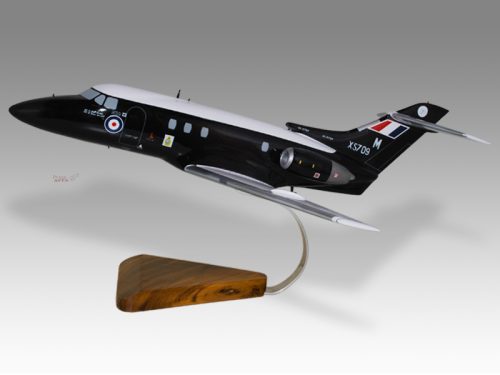
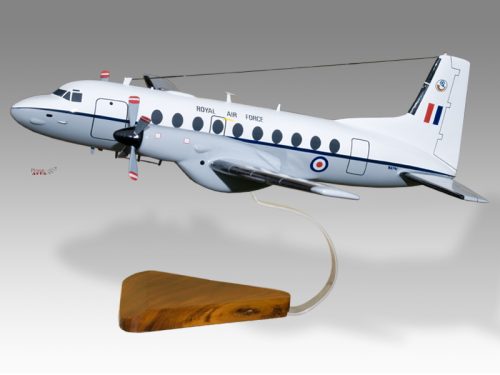
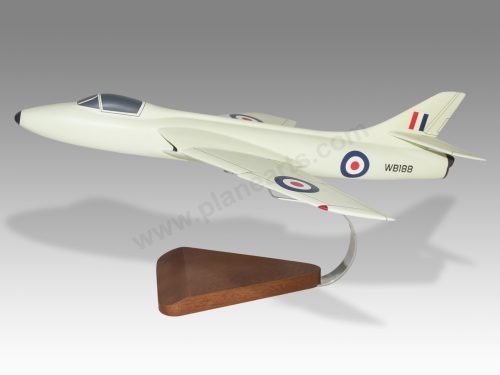
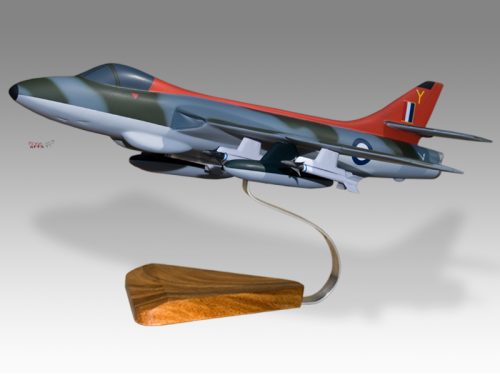

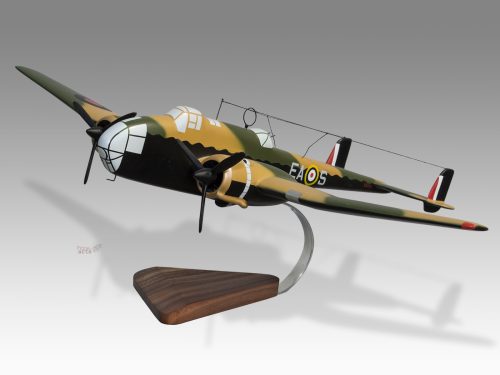

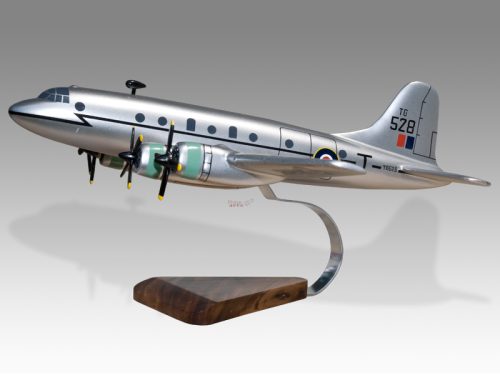
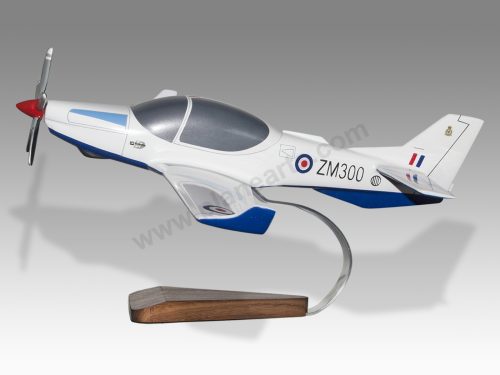

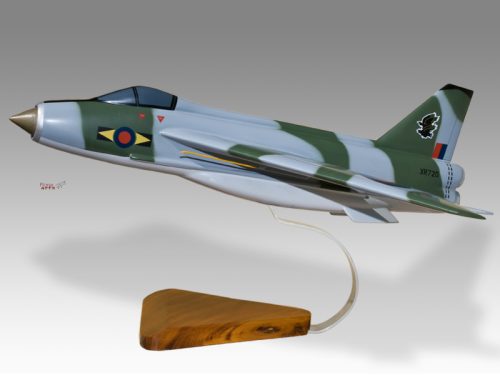


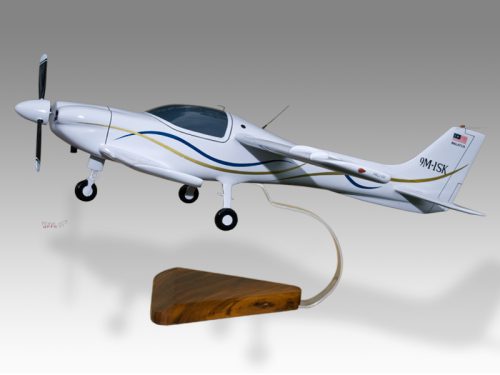
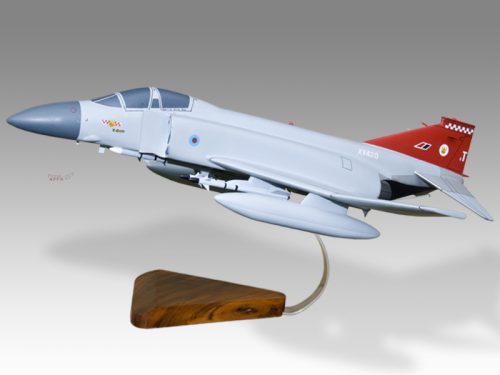
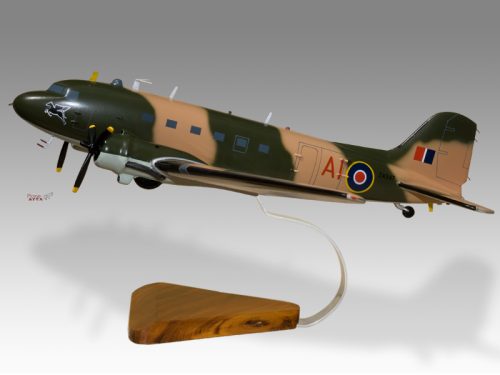

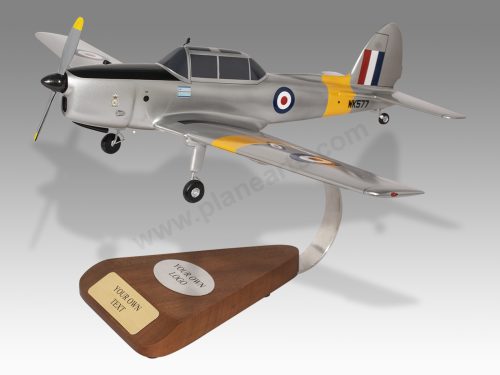
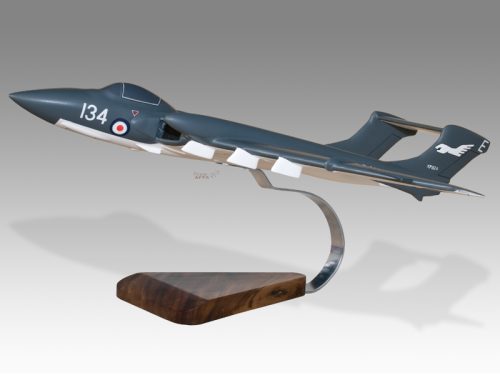
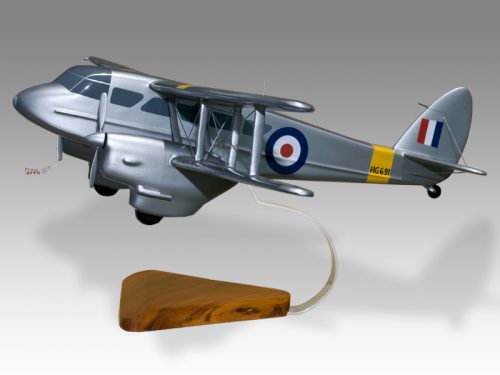
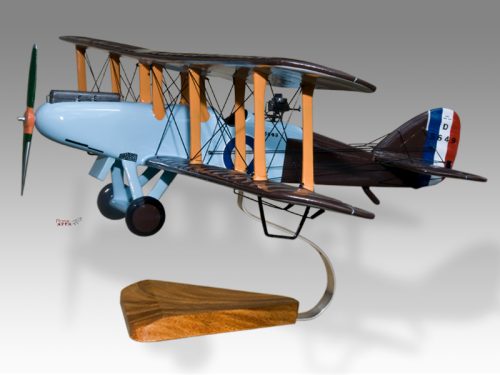
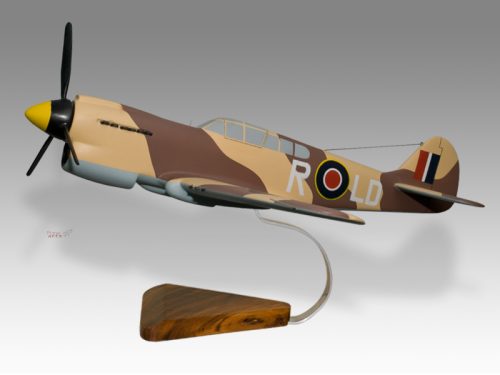

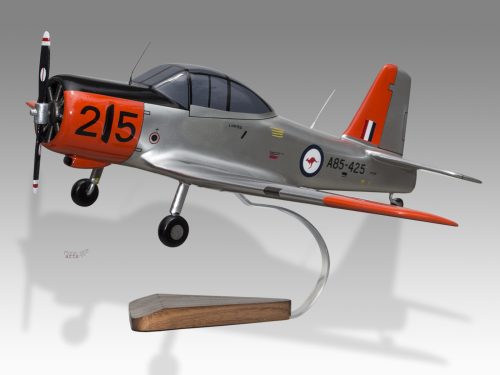

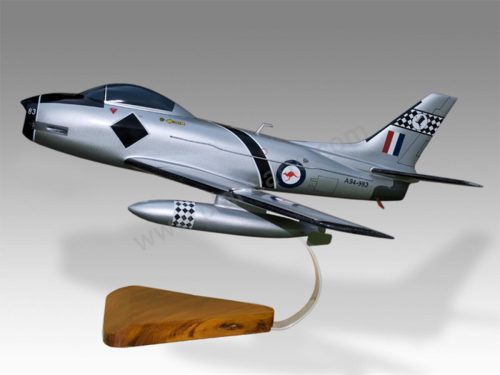
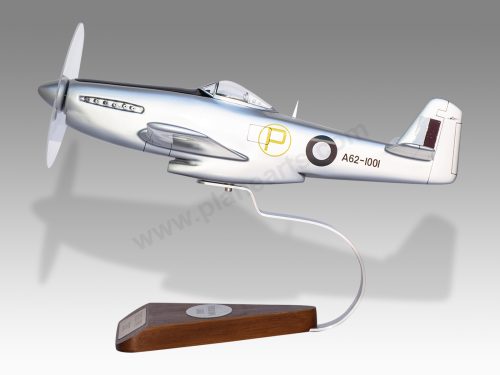
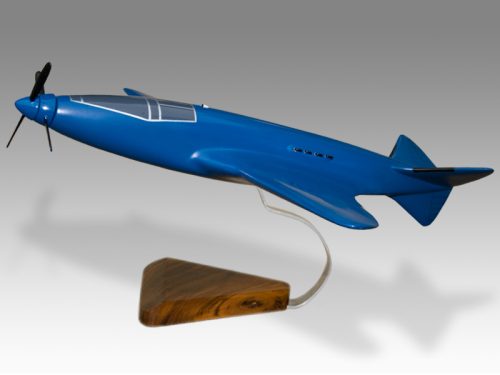
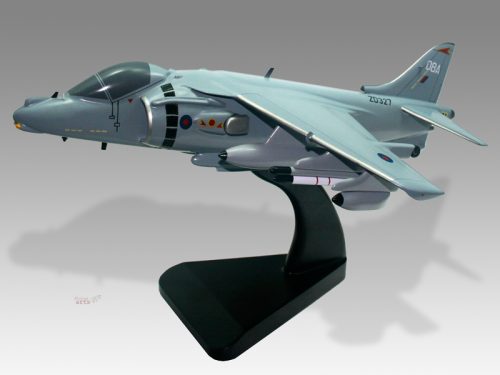
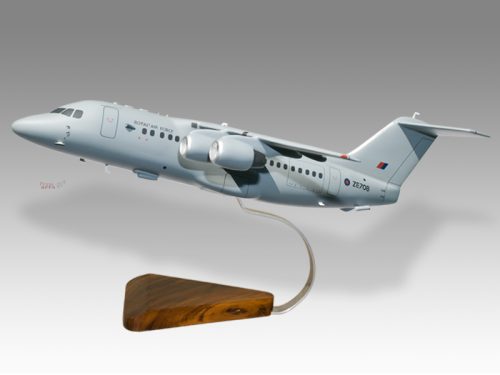

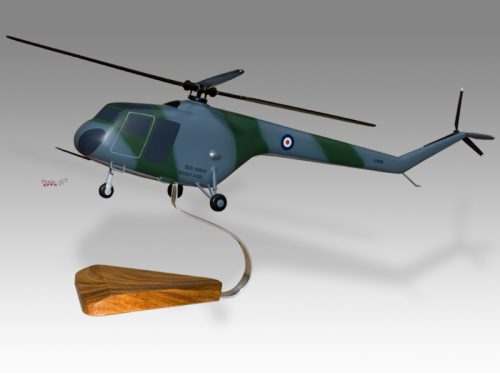
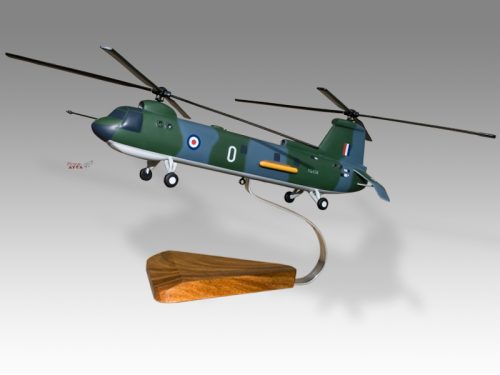

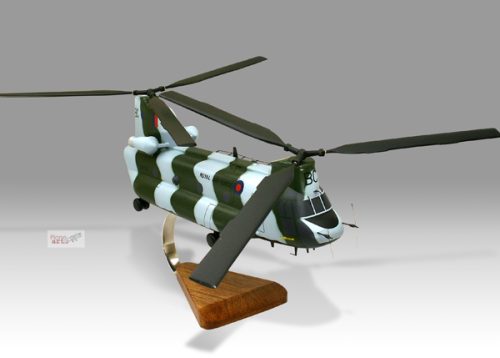
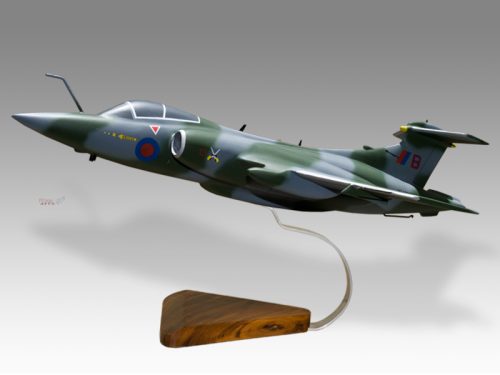
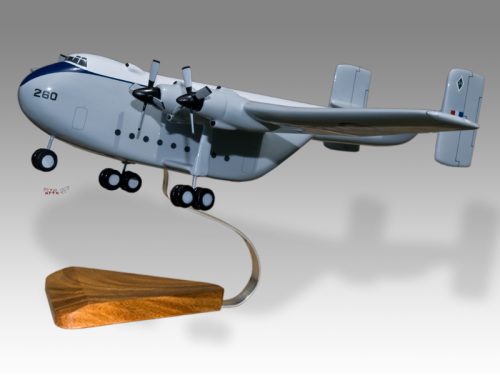
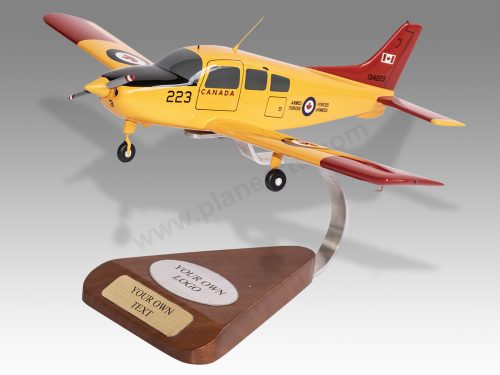
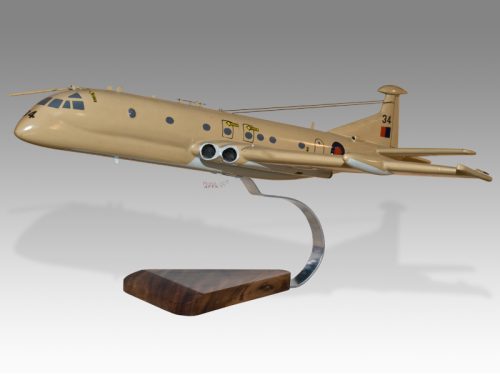

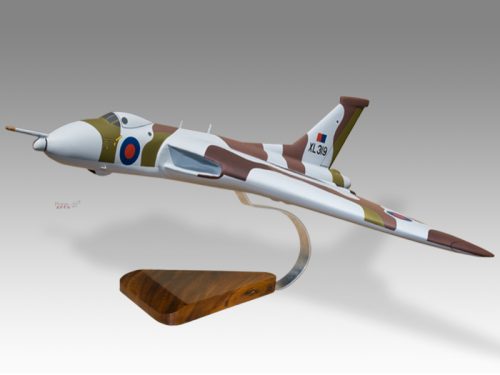
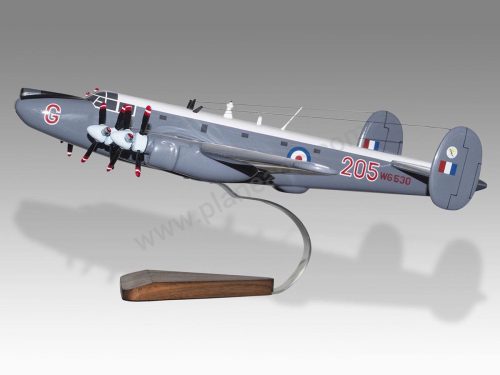

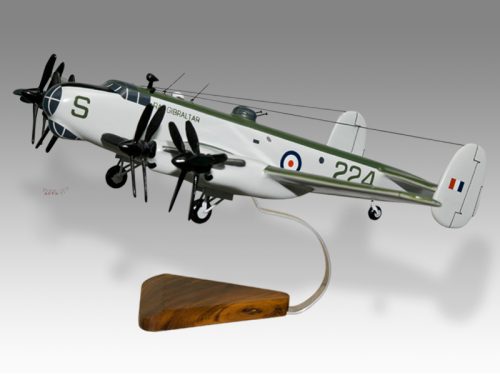
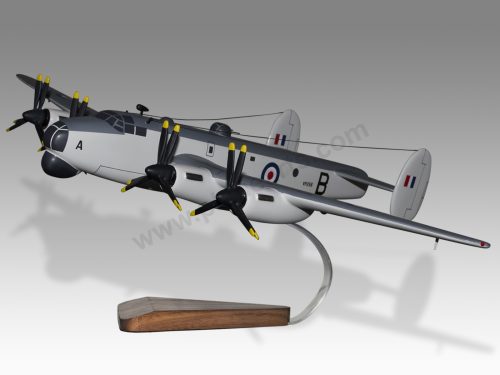
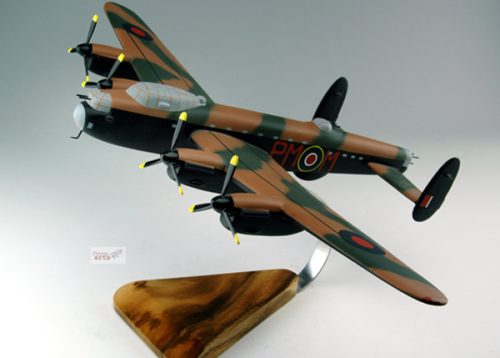
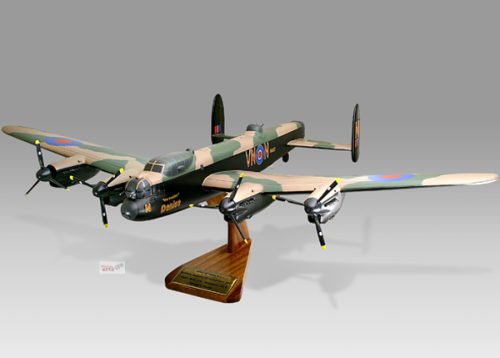
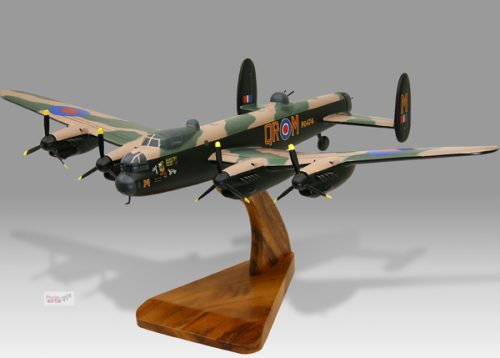


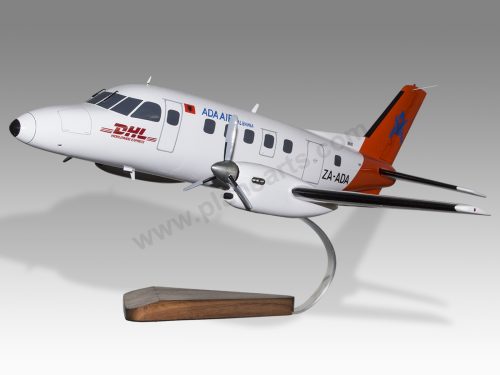

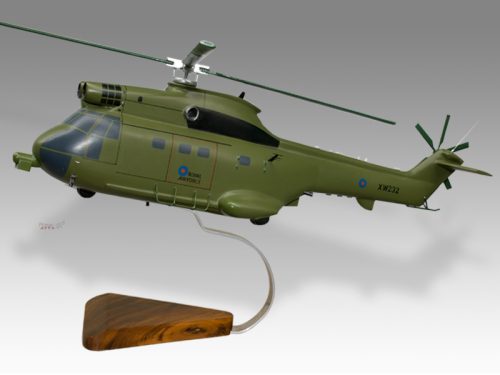

Reviews
There are no reviews yet.